Rare Rides: A Like-new Ford Thunderbird Turbo Coupe From 1988

Check out these two words: Turbo Coupe. They roll off the tongue nicely, and all car enthusiasts should know exactly they mean — or used to. In 2017, they usually mean someone with a mullet is nearby, driving a beat-to-hell Thunderbird with peeling logos and ruined paint. Likely while listening to Whitesnake.
Our example today is what the term Turbo Coupe used to mean. It is perfect, painted a gleaming black, and on the floor there’s a five-speed manual. Here I go again…
From 1983 through the 1988 model year, you could go down to your Ford Dealership and check out the top-trim Thunderbird Turbo Coupe. Unlike the six- or eight-cylinder base models, the Turbo Coupe featured a 2.3-liter inline-four and came standard with a manual transmission and limited-slip differential. Ford generously offered automatic versions, but not until 1984. The model variant underwent a name change for 1989, when the new, revised version with supercharged 3.8-liter V6 became the Super Coupe.
Now, on its own, an old Turbo Coupe wouldn’t really qualify as a Rare Ride; they just made too many of them. But this example stands alone as the cleanest your author has ever seen. The black paint choice and manual transmission easily push it over the Rare Rides qualifying barrier.
The aforementioned black paint shines like new, with nary a blemish.
Not a single detail on the vehicle is worn or incorrect. And like most Turbo Coupes, this one’s well-equipped.
Though it has 50,000 miles on the odometer, you’d never know it. Someone has taken excellent care of this Thunderbird.
Just look at those seats!
And another interesting feature here: a switch to let the car know you’ve selected regular or premium fuel, whichever you prefer.
Currently listed on Craigslist in Detroit, the owner is asking $15,200. That seems a reasonable enough price, especially when considering the likelihood of finding another in remotely similar condition.
[Images: Craigslist]

Interested in lots of cars and their various historical contexts. Started writing articles for TTAC in late 2016, when my first posts were QOTDs. From there I started a few new series like Rare Rides, Buy/Drive/Burn, Abandoned History, and most recently Rare Rides Icons. Operating from a home base in Cincinnati, Ohio, a relative auto journalist dead zone. Many of my articles are prompted by something I'll see on social media that sparks my interest and causes me to research. Finding articles and information from the early days of the internet and beyond that covers the little details lost to time: trim packages, color and wheel choices, interior fabrics. Beyond those, I'm fascinated by automotive industry experiments, both failures and successes. Lately I've taken an interest in AI, and generating "what if" type images for car models long dead. Reincarnating a modern Toyota Paseo, Lincoln Mark IX, or Isuzu Trooper through a text prompt is fun. Fun to post them on Twitter too, and watch people overreact. To that end, the social media I use most is Twitter, @CoreyLewis86. I also contribute pieces for Forbes Wheels and Forbes Home.
More by Corey Lewis
Latest Car Reviews
Read moreLatest Product Reviews
Read moreRecent Comments
- Bd2 Hyundai's designs are indeed among the most innovative and their battery technologies should allow class leading fuel consumption. Smartstream hybrids are extremely reliable.
- 28-Cars-Later So now H/K motors will last longer in between scheduled replacements. Wow, actual progress.
- AZFelix I have always wondered if the poor ability of Tesla cars in detecting children was due to their using camera only systems. Optical geometry explains that a child half the height of an adult seems to have the same height as that same adult standing twice as far away from the viewer.
- 28-Cars-Later Actually pretty appealing (apparently I'm doing this now). On a similar note, a friend of mine had a difficult situation with a tenant which led to eviction and apparently the tenant has abandoned a 2007 Jag S-Type with unknown miles in the garage so he called me for an opinion. Before checking I said $2-3 max, low and behold I'm just that good with the 3.0L clocking in at $2,3 on average (oddly the 4.2 V8 version only pulls $2,9ish) and S-Types after MY05 are supposedly decent.
- DO I have owned a 2012 LR4 since day one and it has been the best vehicle I have ever had the pleasure of having in the garage. I know how easy it is to hate on Land Rover but this LR4 is comfortable, has a ton of storage room and is so versatile. With 110k miles, mine is now relegated to ‘other’ car use but is still the go to for off road adventures and snow runs. Nice to see one featured here - I think they are so underrated.




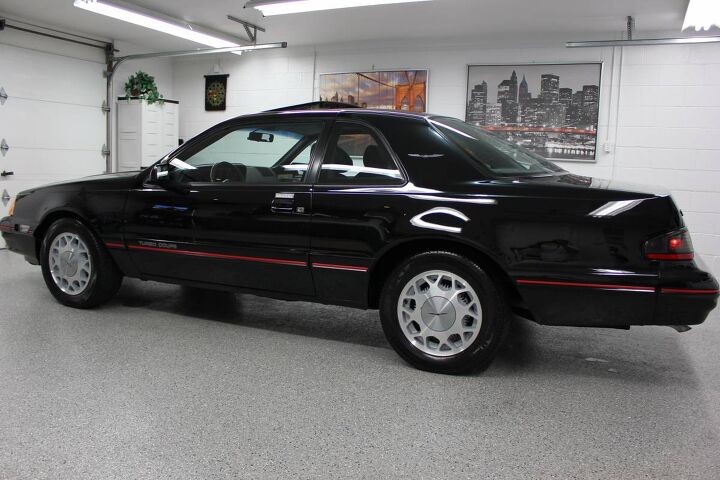



















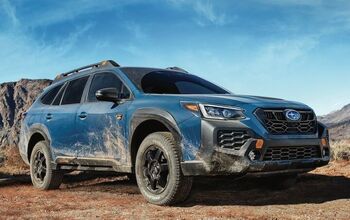
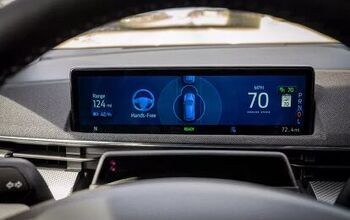
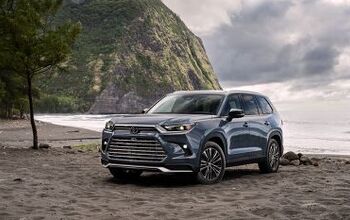
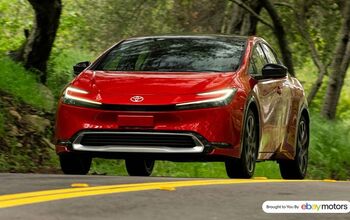

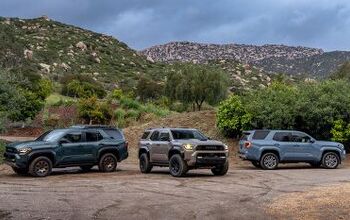


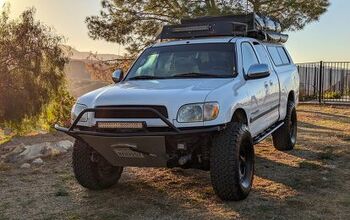

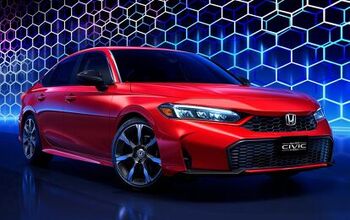
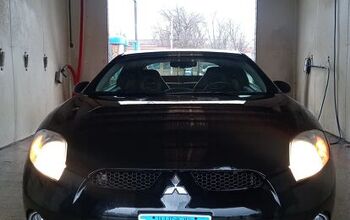
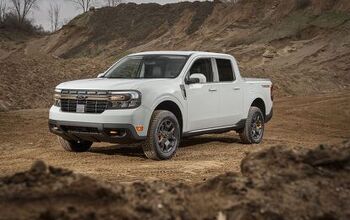

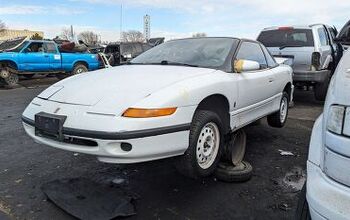
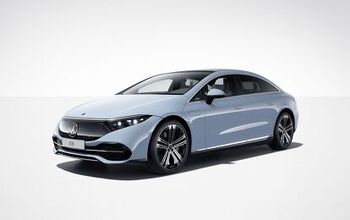
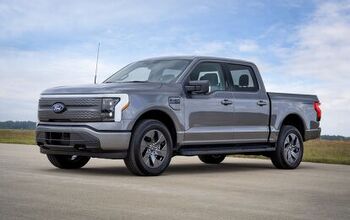
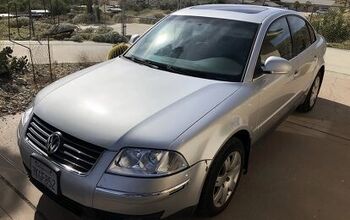
Comments
Join the conversation
Truly beautiful cars. I've wondered why Ford didn't make the 89 T-Bird into the next-gen Mustang. I know it was more expensive to build, but the higher volumes may have helped.
804 339 6326 is car for sale call me when possible tks